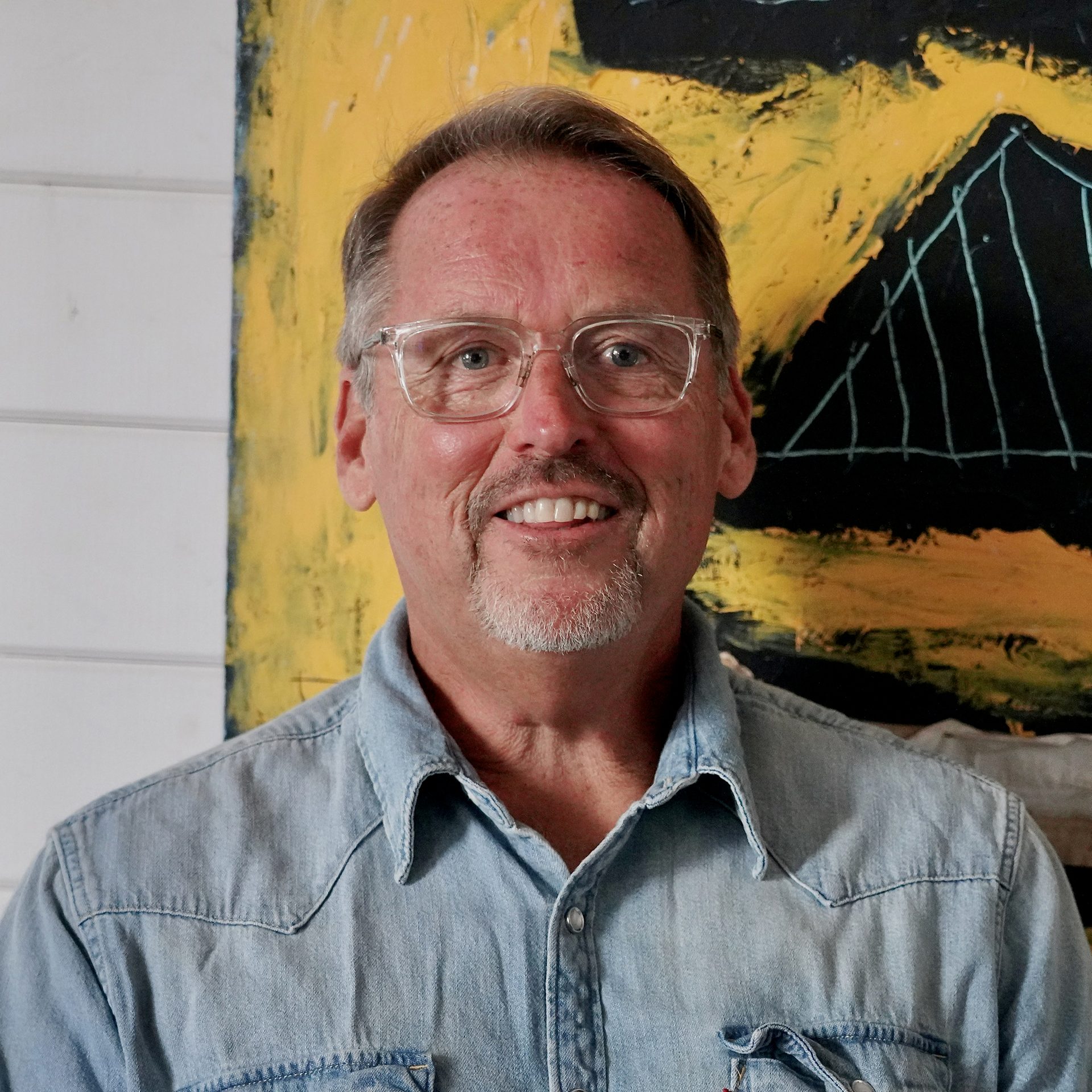Alumni Spotlight:
Thomas Rusnak '90, '92
January 12, 2023
Name: Thomas Rusnak
Hometown: Haiku, Hawaii
Major: Bachelor of Environmental Design, Master of Architecture
Graduation Year: 1990, 1992
Employer: Float Off-grid Art Farm
Title: Owner

"My advice would be to cherish the opportunity to design all things, no matter how small the project might be. Give each project the same attention, be it a table, a tiny house, or 10,000 square foot building."
Why did you choose the Gerald D. Hines College of Architecture and Design? What drew you to design?
I lived in Houston at the time I chose UH. My dad was a builder, and my Mom was an artist, so it seemed natural.
What is one of your favorite memories from your time on-campus? Was there a particular professor who influenced your education?
Jay Baker, my first-year studio professor, had a tremendous influence on the designer I am today. Other professors, including Mac McManus, Bob Timme, John Zemanek, David Thaddeus, Peter Zwieg, and Bruce Webb, were simply amazing. I am incredibly grateful to have been mentored by this "dream team" of passionate professors and friends. They instilled in me the skills needed to solve the problem at hand and advance a solution to a new level of discovery.
Top to bottom: An aerial view of art farm; the exterior of a house on the art form; the barn studio entrance
What does a typical day look like in your job? Do you have a particular design or business philosophy?
A typical day for me starts around 5:00 a.m. I make some coffee and head to my studio, where I work on whatever current design project I have on the boards. Around 8:00 am, I go to the gym and work out for about an hour. I solve many design issues in my head when I have worked on the problem for some time, then remove myself from the issue and do something physical, like a workout, surfing, mowing the grass, or sometimes even driving to town. I believe it was Frank Lloyd Wright who said he always solves the design problem in his head before he ever puts pen to paper. He makes a strong point.
What is one career accomplishment of which you are particularly proud? How do you feel that the College prepared you for this?
I own and operate Art Farm, 16 acres on the slopes of Haleakala on Maui. The entire property is off-grid. We collect rain for our water supply, sun for our power, and use Starlink for our internet. The Farm consists of a large barn (studio) and several smaller studios throughout the wooded lot. For years, I would search for artists in an attempt to understand and enjoy their work. So, instead of me going to them, I decided to bring them to me. We provide free studio space for artists to interact with varied disciplines. We currently have a clay sculptor, painter, leather worker, tattoo artist, and wood sculptor. I spend my time working on various architecture projects, building furniture pieces, and maintaining the property.
Top to bottom: an outdoor kitchen on the art farm; a shipping container turned into a pool on the farm
What is one valuable lesson you learned during your time at the Hines College?
The most valuable lesson I learned at the Hines College was how to learn. John Zemanek – Z-man – was a master critical thinker and forced you to do the same. In addition, I learned there is always an obvious answer to a design problem, and then there is a better answer, and a better answer...etc. The question is, which answer do you present to the world?
What is a piece of advice you would give to current architecture and design students?
When I was in school in the late 80s to early 90s, there was an elitist attitude that architecture could change the world. Talk about undue pressure. Eisenman, Venturi Gehry, and others talked in circles about post-modern philosophy to a paralyzing end. Don’t get me wrong; I idolized these guys and many others. Their lectures were huge events where I hung onto their every word, even the ones I didn’t understand. However, I believe their jargon-laden architecture did not advance the cause of "changing the world" but drove architecture out of reality for most. My advice would be to cherish the opportunity to design all things, no matter how small the project might be. Give each project the same attention, be it a table, a tiny house, or 10,000 square foot building. Be a positive influence in the life of the person you are designing for, and have fun doing it. There is rarely a greater reward.
More College of Architecture and Design Stories

A conversation with Andrew Kudless, the College's William D. Kendalll Endowed Professor of Design Technologies, exploring AI and design education

Industrial design students create interior and exterior EV concepts in College’s first automotive design studio

"The university life at the Hines College prepared me to apply architecture broadly while emphasizing design projects. I am proud to be part of the technical team in constructing the PETRONAS Twin Towers."





